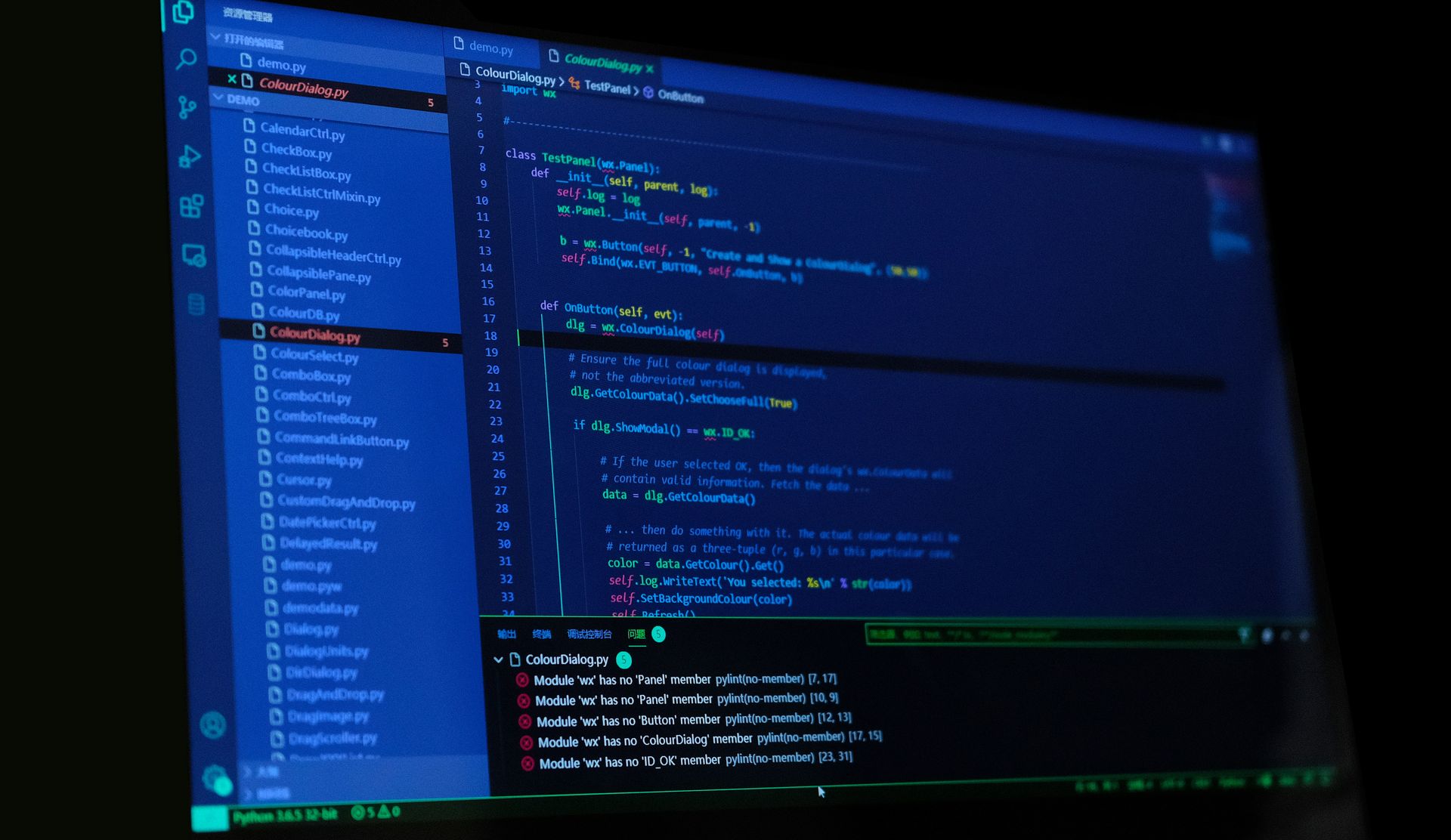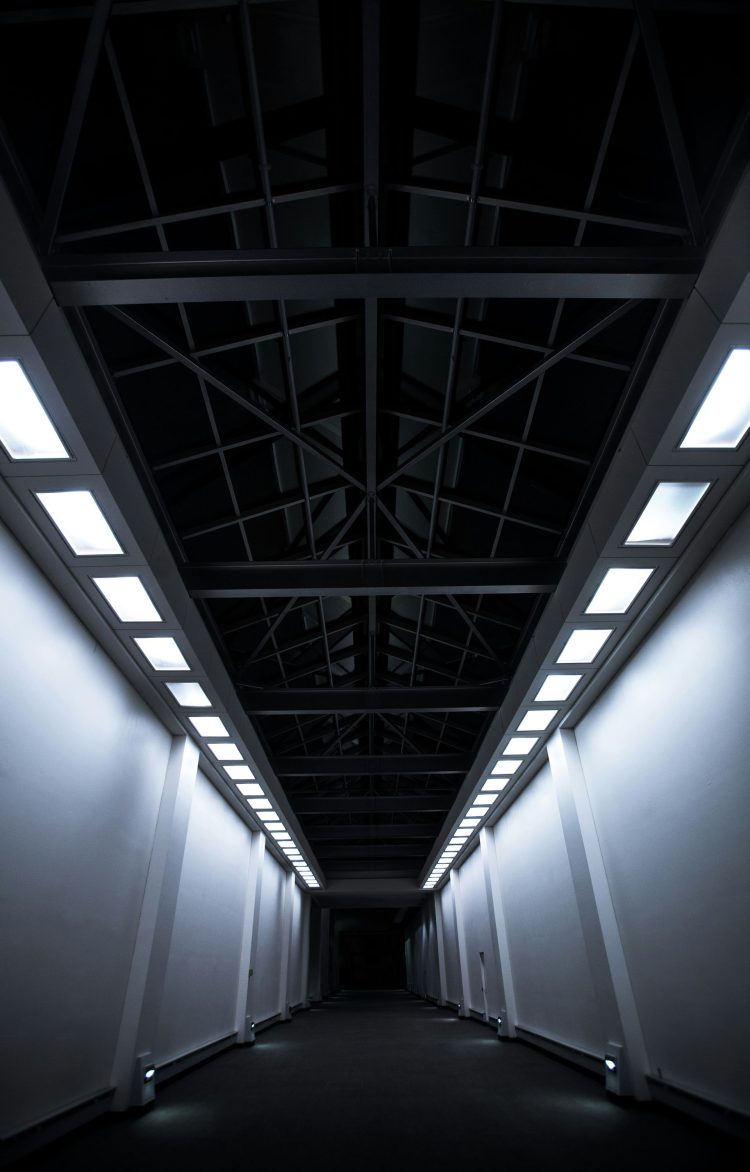Elon Musk’s xAI initiative, which aims to construct the biggest supercomputer in the world in Memphis, Tennessee, represents a noteworthy foray into the artificial intelligence infrastructure area. The “gigafactory of computing,” an ambitious initiative, seeks to transform the processing capacity available for AI model inference and training. The initiative comes at a time when xAI, a startup founded by Musk to rival OpenAI, seeks to establish itself as a leader in the AI industry by developing Grok, an AI known for its wit and rebellious character.
xAI currently depends on data centers from X (formerly Twitter) and cloud services from Oracle for training and improving its Grok foundation model. This dependency highlights the necessity for xAI to develop its dedicated infrastructure. The proposed gigafactory in Memphis is set to provide this solution, creating a centralized hub for AI development that promises to enhance efficiency and performance.

Elon Musk’s xAI to build world’s largest supercomputer in Memphis
The plan to construct this state-of-the-art facility is still pending approval by the Memphis Shelby County Economic Development Growth Engine and other local authorities. Despite this, there is a tangible sense of excitement about the initiative. Memphis Mayor Paul Young has expressed his excitement, emphasizing the city’s innovative spirit and readiness to host such a transformative endeavor. Doug McGowen, CEO of Memphis Light, Gas and Water (MLGW), echoed these sentiments, noting the potential benefits for the community, including job creation and enhanced revenues for local services.
The firm xAI just raised $6 billion to support its AI projects, demonstrating the strength of the industry’s financial environment. This funding round has propelled the company’s valuation to an impressive $24 billion. These monies are primarily intended for the construction of cutting-edge infrastructure, such as the gigafactory for supercomputers located near Memphis. With this financial support, xAI is better positioned to make important advances in the AI sector, further demonstrating the scope and seriousness of its ambitions.
Given the pace of technology improvement, it’s not worth sinking 1GW of power into H100s.
The @xAI 100k H100 liquid-cooled training cluster will be online in a few months.
Next big step would probably be ~300k B200s with CX8 networking next summer.
— Elon Musk (@elonmusk) June 2, 2024
Musk’s vision for xAI goes beyond merely competing with OpenAI; it involves creating a technological powerhouse capable of pushing the boundaries of AI capabilities. The Grok model, developed in just four months, stands as a testament to the startup’s rapid development pace and innovative approach. The project’s success is partly attributed to Project IDE, xAI’s development environment for prompt engineering, which allows engineers to fine-tune model outputs efficiently.
This isn’t Musk’s first foray into supercomputing. Tesla has been quietly working on its supercomputing project, Dojo, since 2021. Dojo represents Tesla’s effort to bolster its AI training capabilities, with the first cluster coming online in 2023. As part of this endeavor, Tesla has purchased a sizable quantity of hardware, including about 85,000 H100 GPUs from Nvidia, as the company revealed on a first-quarter earnings call in April.
Interestingly, some of these Nvidia chips originally intended for Tesla, have been redirected to xAI. According to emails obtained by CNBC, approximately 12,000 H100 GPUs were rerouted to support the development of Grok. This strategic allocation of resources highlights the interconnected nature of Musk’s ventures and the collaborative efforts to advance AI technology.

Frontier leads, but xAI and Tesla aim to dominate supercomputing
The title of the world’s most powerful supercomputer currently belongs to Frontier, which held onto the top spot in the most recent Top500 list in May. However, xAI’s and Tesla’s supercomputing projects face stiff competition from other powerful systems, including Aurora, which ranked second despite not being fully operational yet. This competitive environment drives continuous innovation and improvement in the field of supercomputing, pushing the limits of what is possible.
With the planned gigafactory in Memphis, xAI will be at the forefront of technical innovation and make a major impact in the world of artificial intelligence. As the project awaits approval and moves closer to realization, the anticipation builds for what could become a cornerstone in the evolution of AI infrastructure.
Featured image credit: William Daigneault / Unsplash





